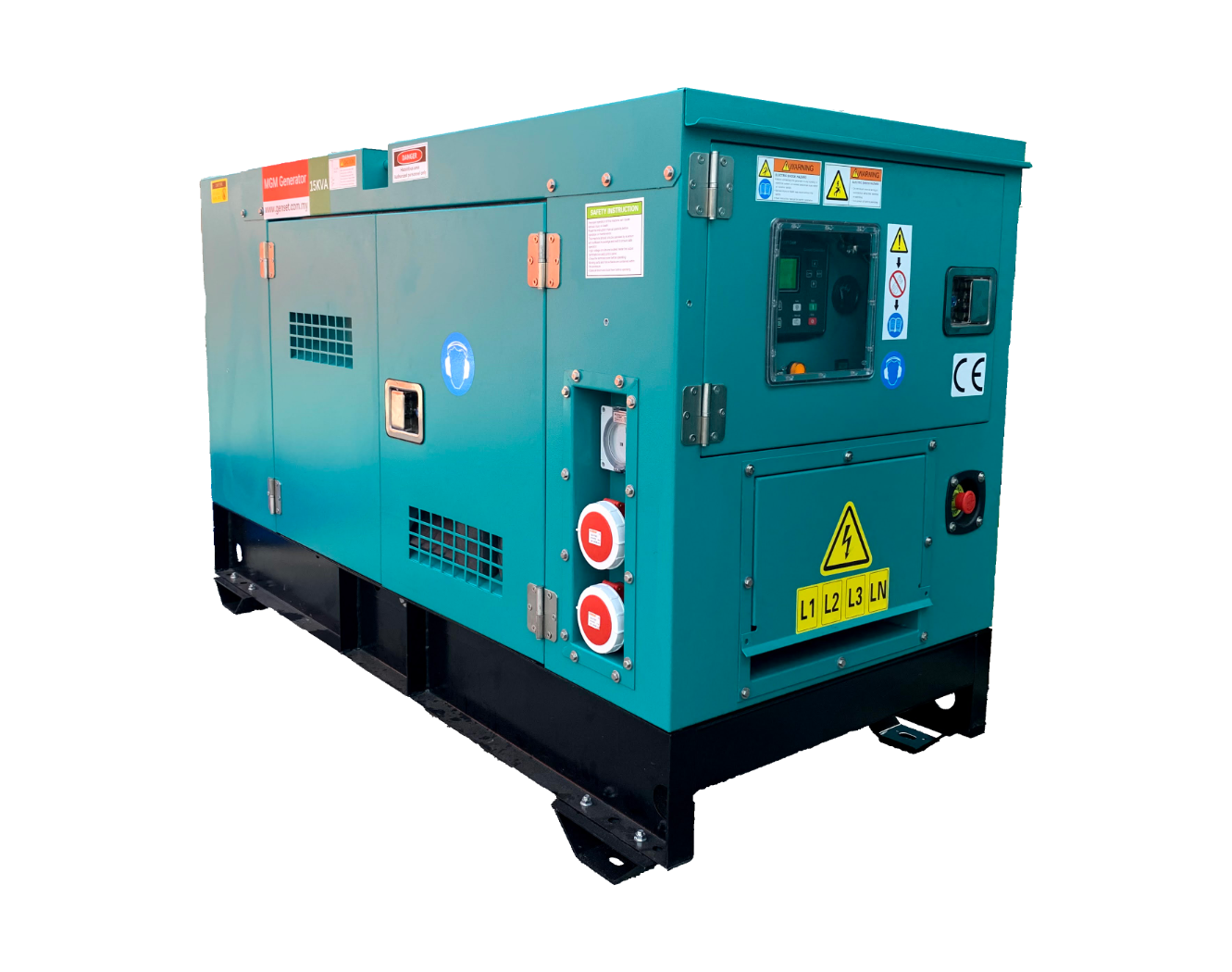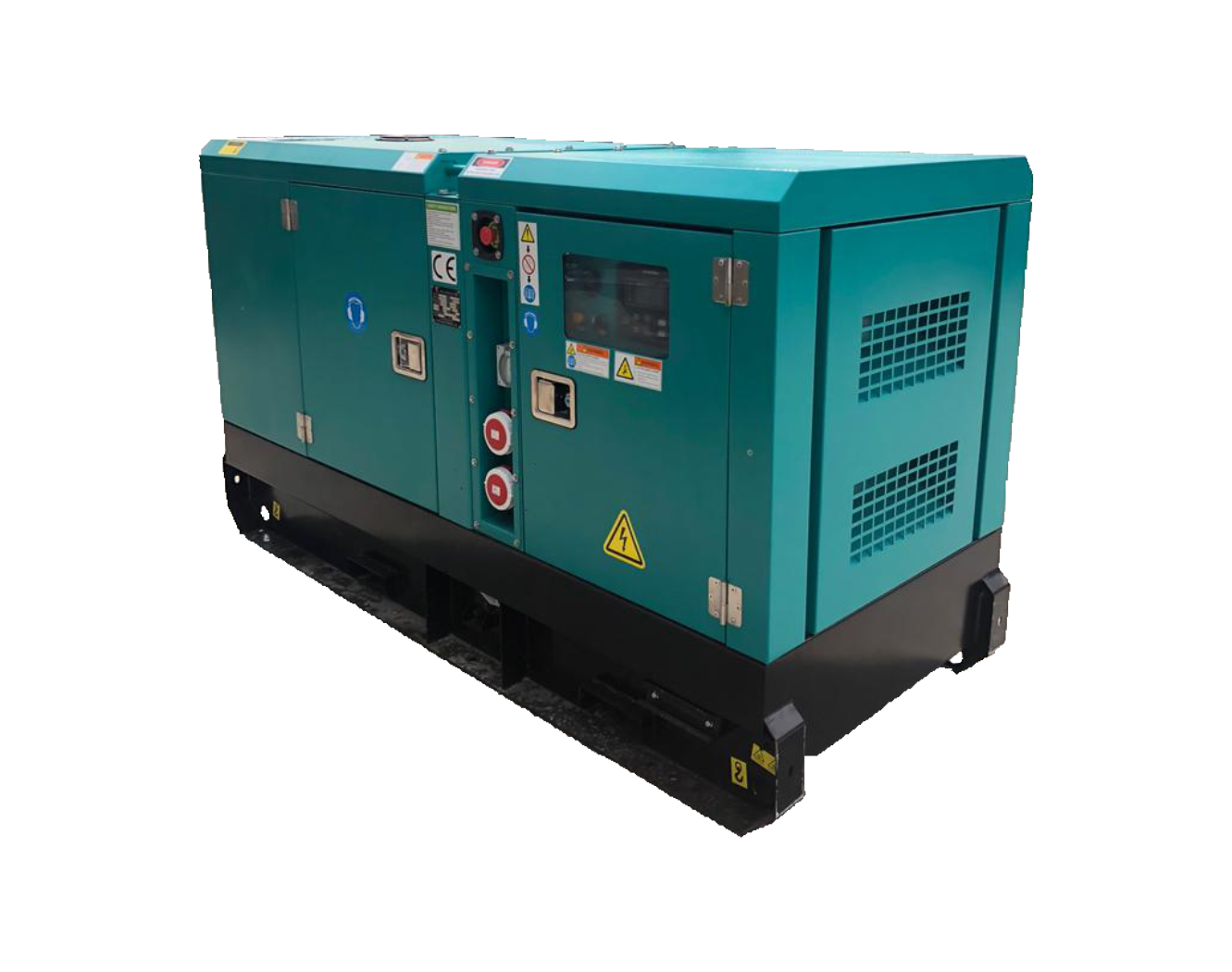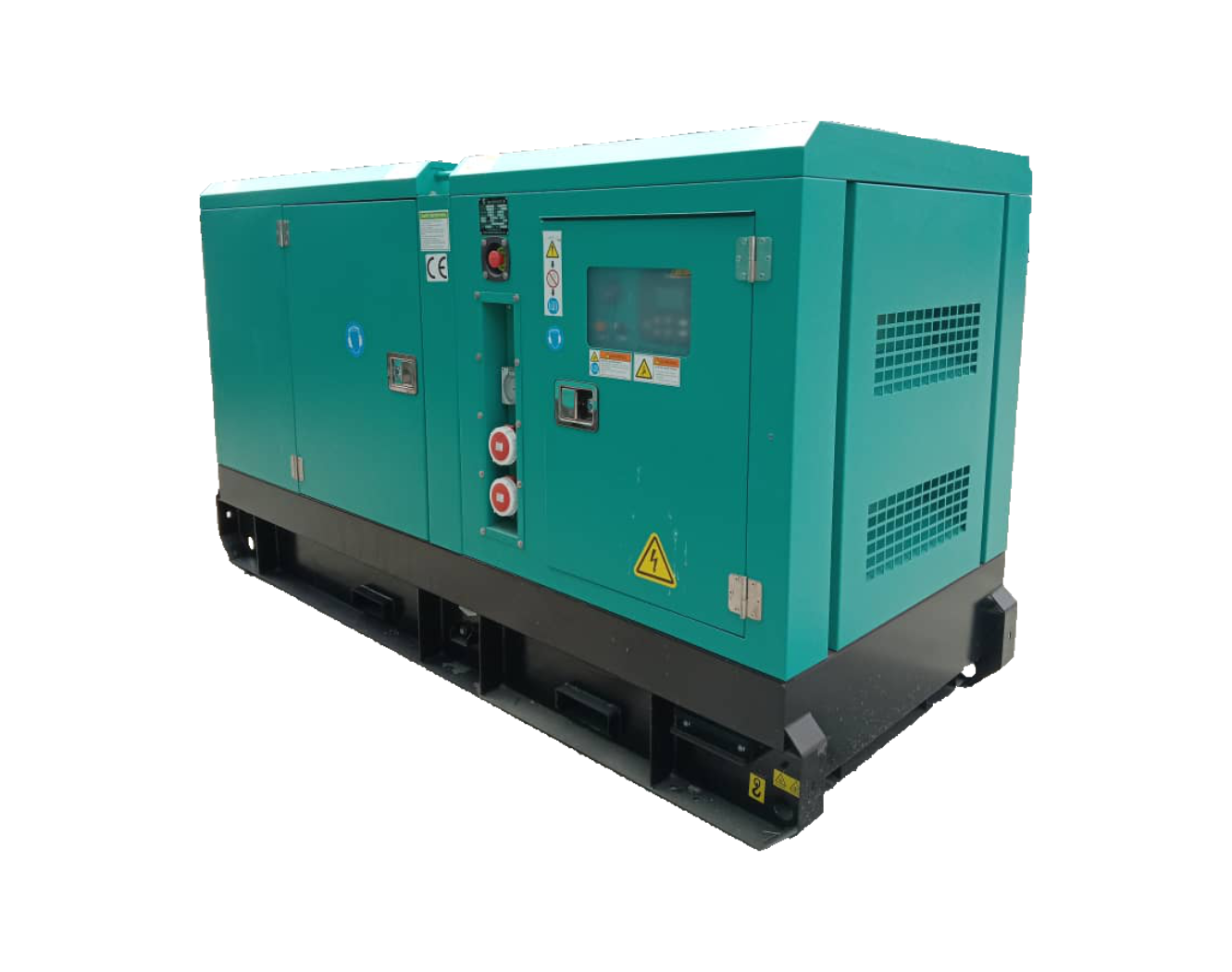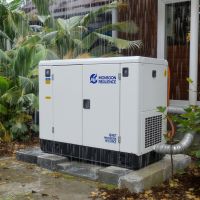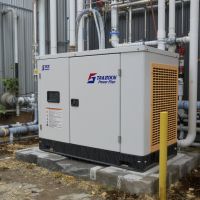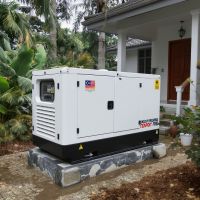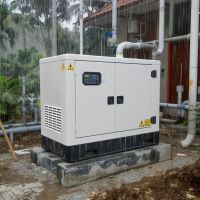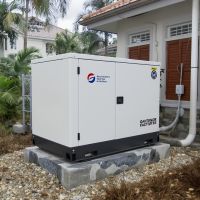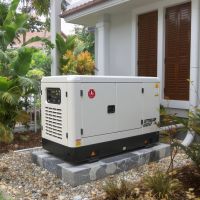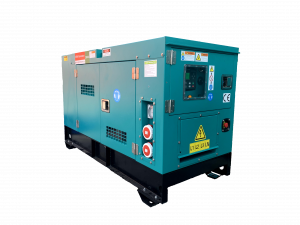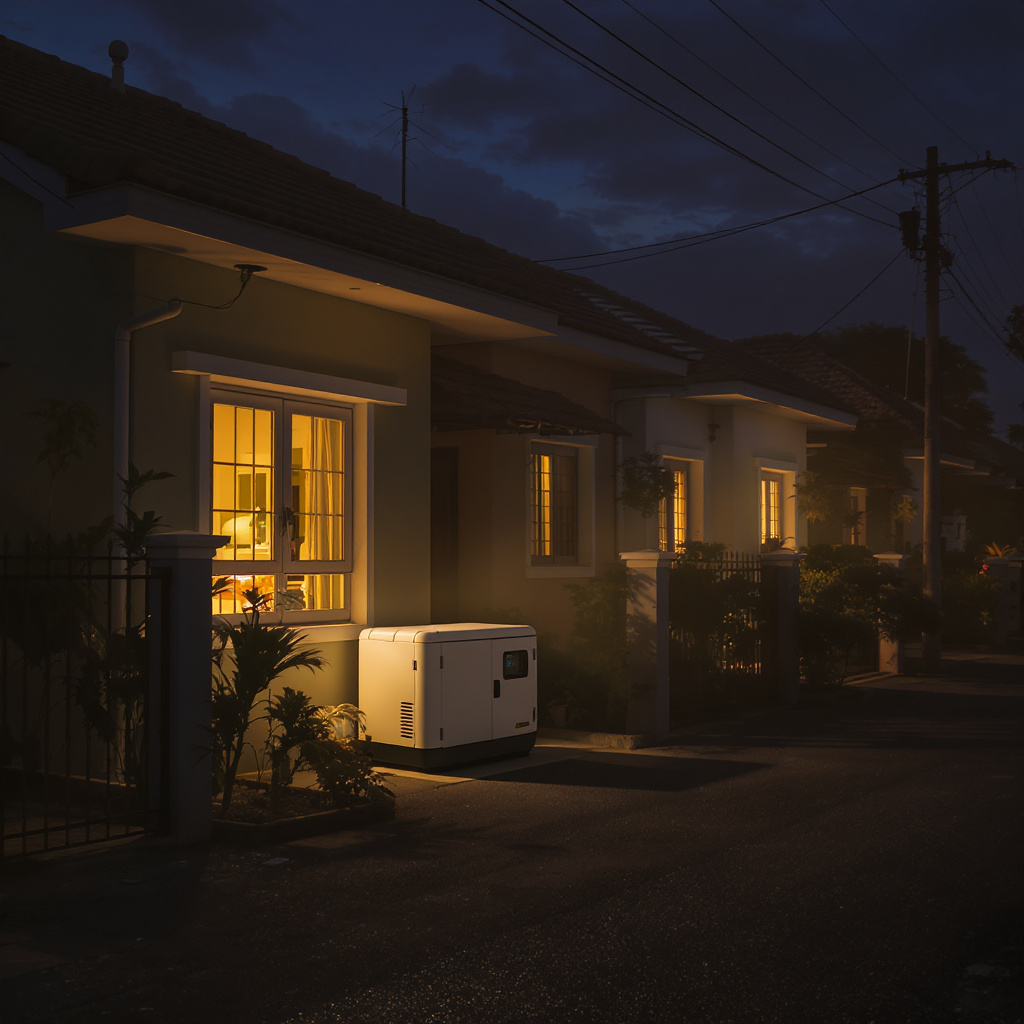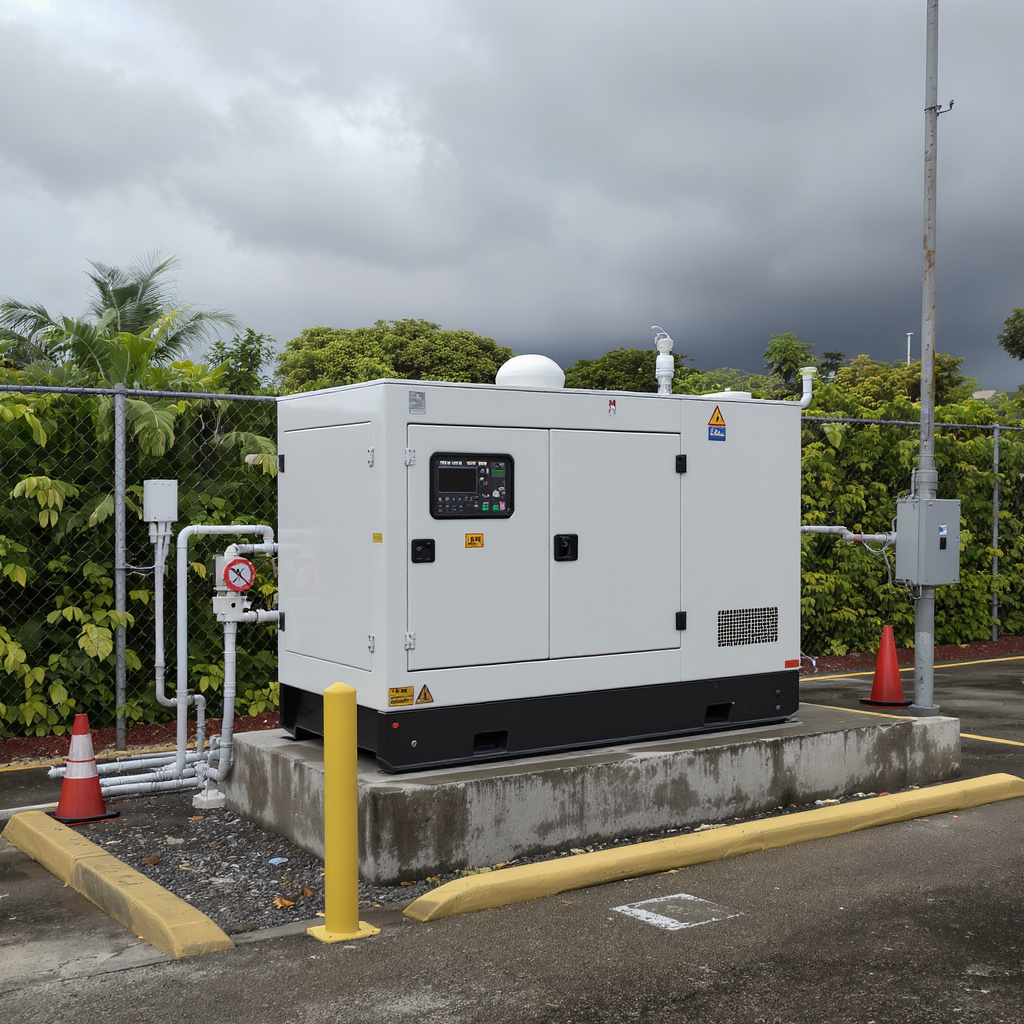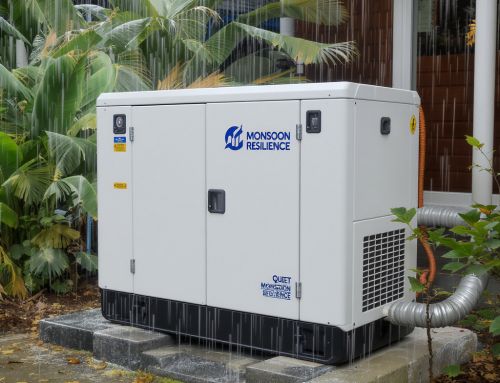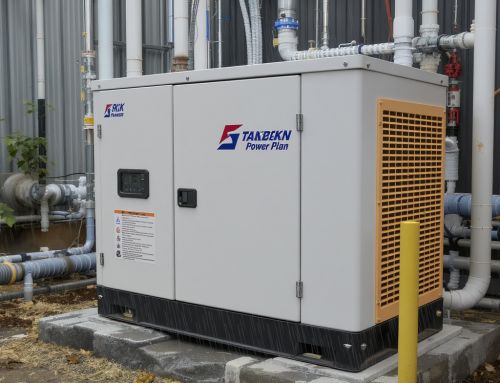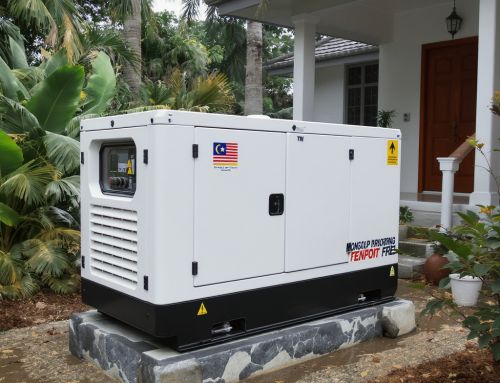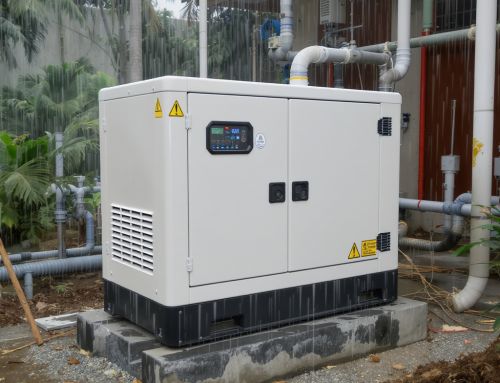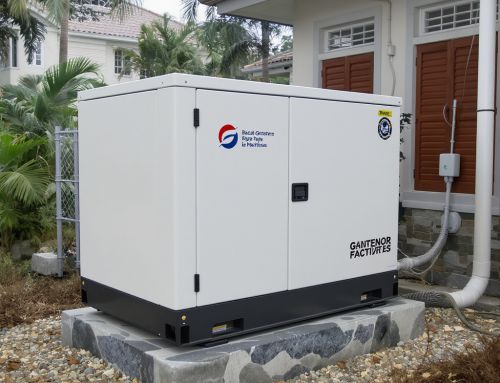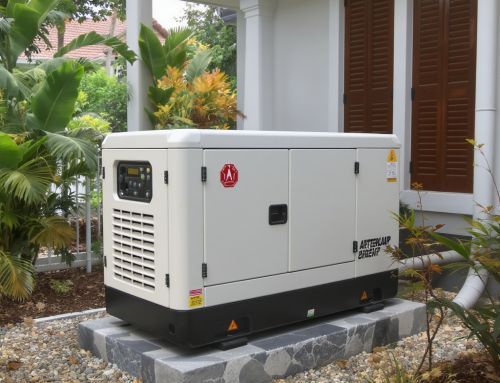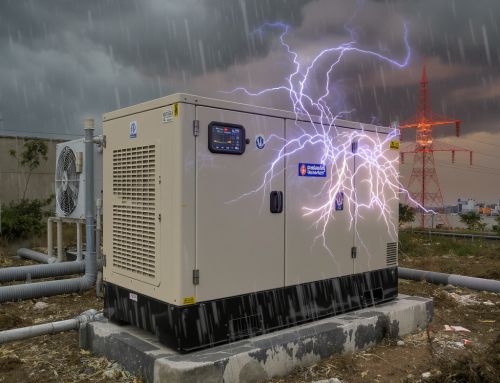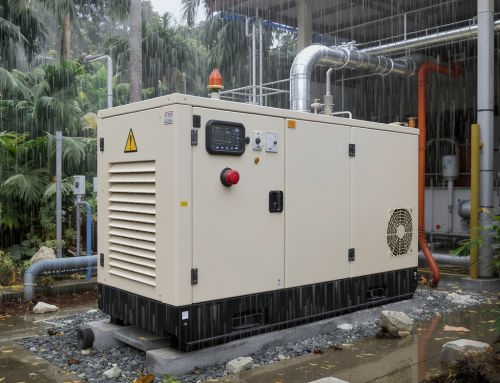From Heat Waves to Flash Floods: Dual-Season Backup Generator Planning for Malaysian Homes and Light Factories
Malaysia’s power risks are no longer one?season events. El Niño heat waves push peak demand and cause brownouts, while monsoon cloudbursts trigger flash floods and longer utility outages. For homeowners and light industrial facilities, a properly sized and installed standby generator is more than a convenience—it’s business continuity and family safety rolled into one plan.
Picture this common scene: a warm, windless evening, the grid sags, and lights go out across the street. Your home remains comfortably lit and cool because your standby unit starts automatically, keeping fridges, security systems, and ventilation running without a hiccup.
Why plan for two seasons, not one
Heat waves strain transformers and raise failure risk; sensitive electronics suffer from undervoltage and voltage dips. Floods, on the other hand, can damage substations, disrupt fuel logistics, and lengthen restoration times. Dual?season planning means your generator system is cooled and ventilated for high ambient temperatures yet protected and elevated for stormwater events.
Right-size for your loads
Homes typically require 5–12 kW for essentials, but motor starting currents (pumps, air?cond compressors) matter. Many terrace/semi?D owners find a robust 20–30 kVA diesel set gives comfortable headroom and quieter operation under partial load. For SMEs and light factories with machinery, compressors, or chillers, 30–100 kVA is common, and correct sizing must consider starting kVA and future growth.
Explore options like the 30 kVA MGM generator for larger homes or mixed?use shop-lots, and the 60 kVA MGM generator for small factories and warehouses.
Placement, ventilation, and flood protection
• Heat readiness: Site the set where intake/exhaust airflow isn’t blocked; maintain clearances around louvers; use sun-shade canopies to reduce radiant heat; specify high?ambient?capable radiators and coolant mix; keep cable runs short to minimise voltage drop in high-temperature conditions.
• Flood readiness: Elevate the plinth above historical high-water marks; add local flood barriers or bund walls; choose weatherproof acoustic enclosures (IP?rated), stainless hardware, and water?ingress?resistant cable glands; ensure fuel tank vents and breathers are above flood level.
Quiet operation and emissions
Acoustic enclosures can reduce noise to 65–75 dB(A) at 7 m—acceptable for most residential streets and SME parks. Low?emissions engines and quality fuel reduce smoke on start. Proper exhaust routing and spark arrestors, where applicable, help meet local council and Department of Environment expectations while keeping neighbours happy.
Fuel strategy for both extremes
Diesel remains the most reliable choice for standby duty. For homes, integrated day tanks offer several hours of runtime; for factories, consider a double?wall bulk tank with bunding and a transfer pump to a day tank. Add biocide and schedule fuel polishing if stored >6 months. During flood season, keep vents high and electrical components sealed; during heat waves, inspect vents and ensure no vapour lock or excessive fuel temperature.
Electrical integration and safety
An automatic transfer switch (ATS) restores power within seconds and protects staff and family from manual changeover risk. Incorporate surge protection devices, proper earthing, and labelling. Ensure compliance with Energy Commission (Suruhanjaya Tenaga) requirements and applicable MS/IEC standards. For factories, coordinate with a competent person to review main switchboard ratings, fault levels, and discrimination so the generator does not trip under inrush.
What’s the ROI?
For homes, ROI shows up as preserved food and medicine, safe indoor temperatures for vulnerable family members, and uninterrupted security. For SMEs, the maths is clearer: avoided production downtime, saved raw materials, protected machinery from hard stops, and preserved cold-chain integrity. Many light factories recover the investment in 12–36 months when outages and voltage dips are frequent—before counting intangible benefits like on?time delivery and brand trust.
Seasonal maintenance checklist
Before monsoon: test under load, verify ATS sequence, inspect weather seals, top up fuel, check battery state of charge, confirm plinth and drains are clear. Before heat waves: clean radiator fins, verify fan operation, check coolant mix and belts, measure voltage under load to confirm no droop, and ensure room ventilation is unobstructed.
Procurement tips for Malaysia
Work with a local partner who stocks spares, offers 24/7 call?out, and understands council submission, noise testing, and insurance notes. Confirm warranty coverage, commissioning reports, and operator training. If you’re weighing models, our team can help size and propose options across home and commercial ranges that balance noise, footprint, runtime, and budget.
Ready to design for both heat waves and flash floods? Contact our generator specialists to get a tailored sizing and site plan. You can also email genset@genset.com.my or call +60129689816 for immediate assistance.

